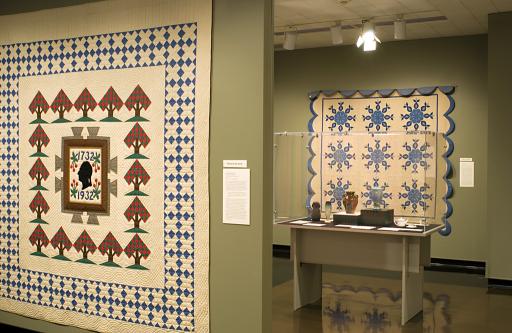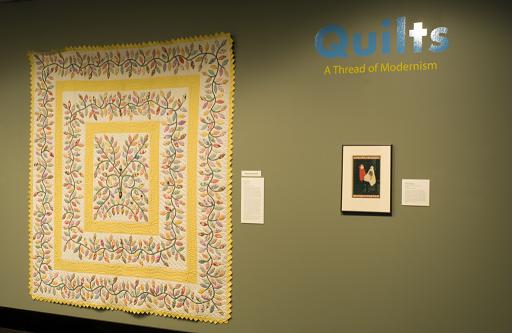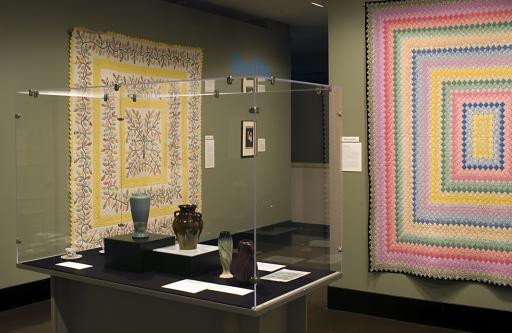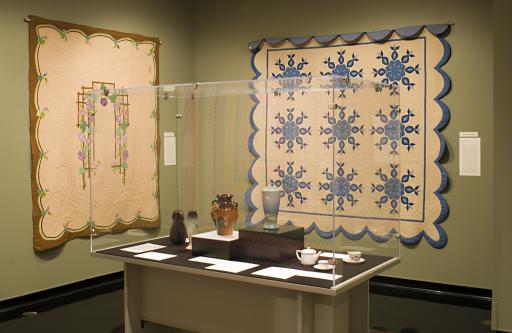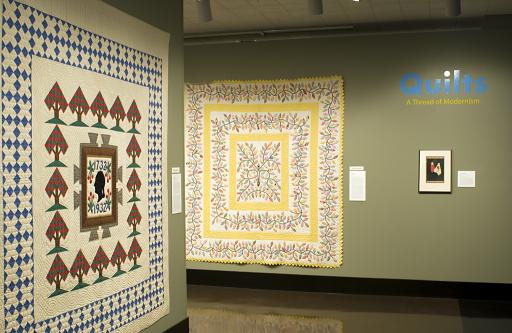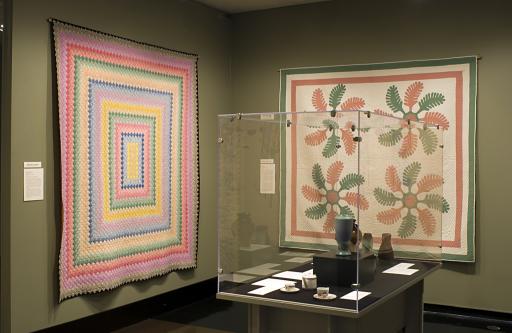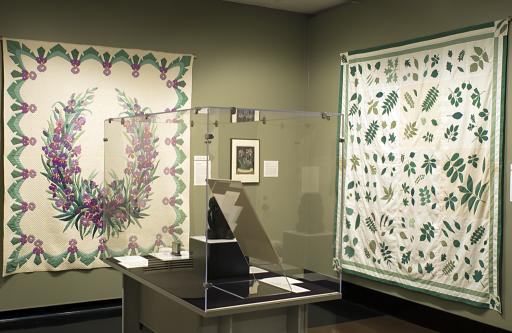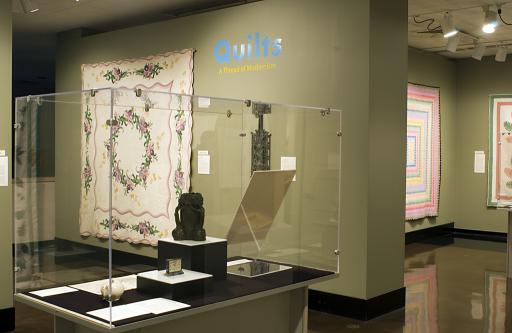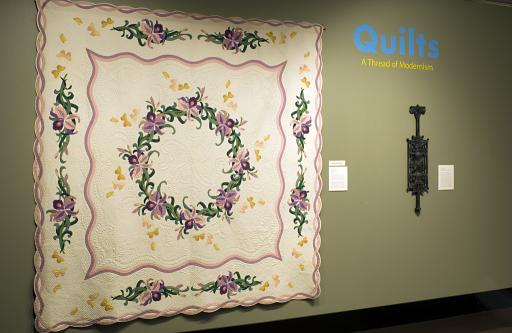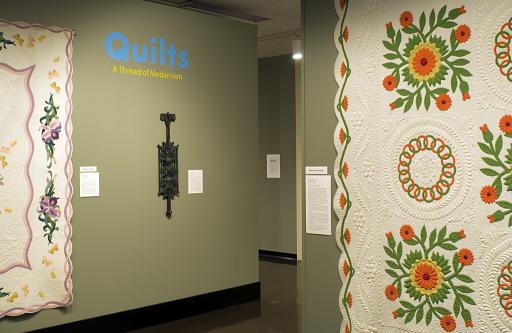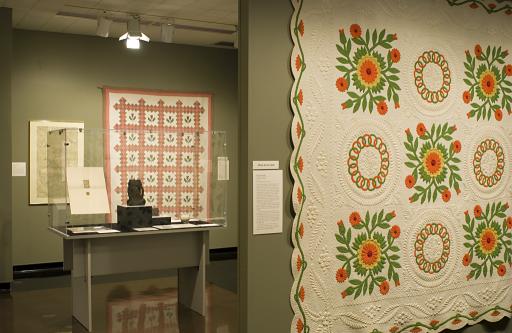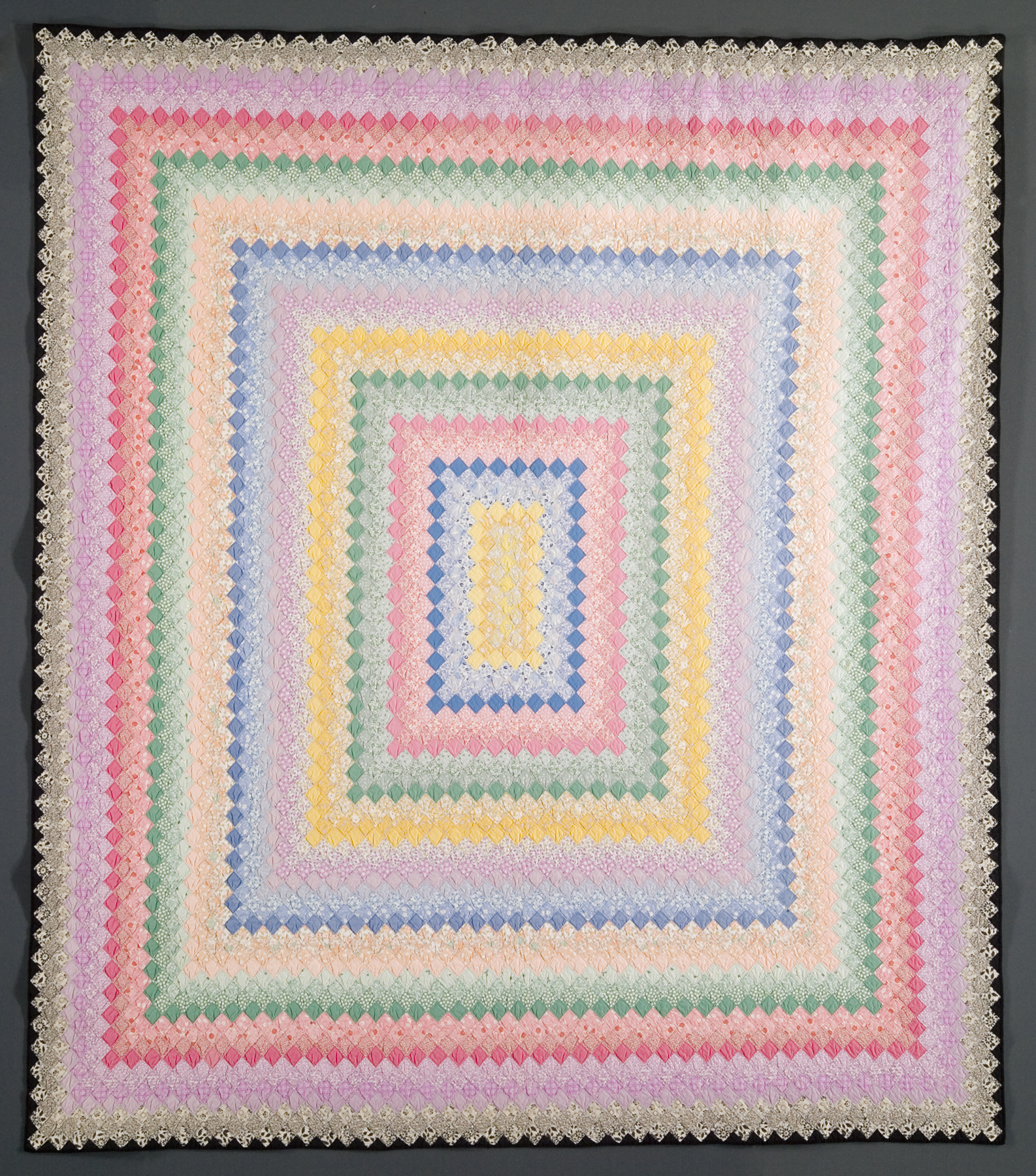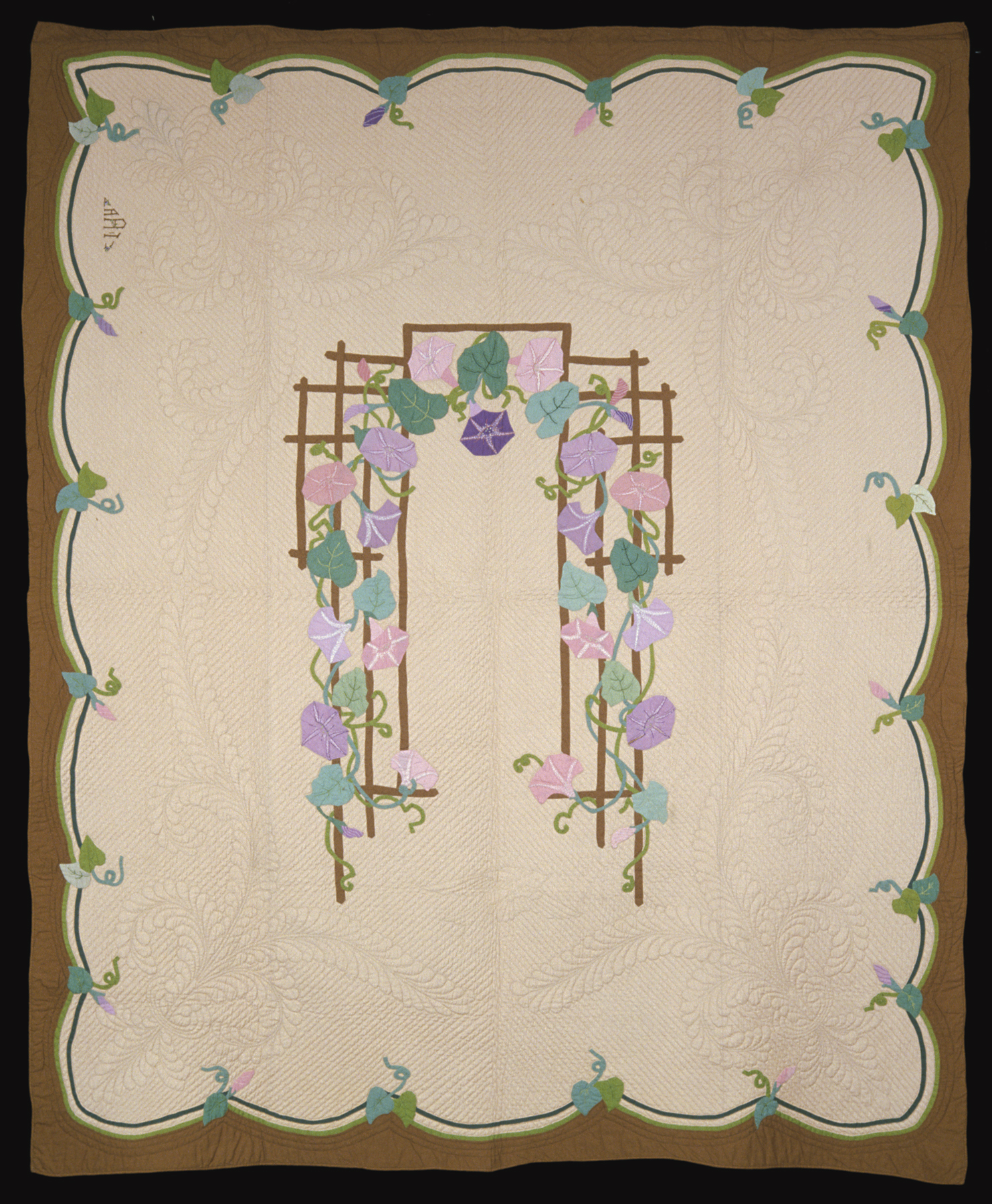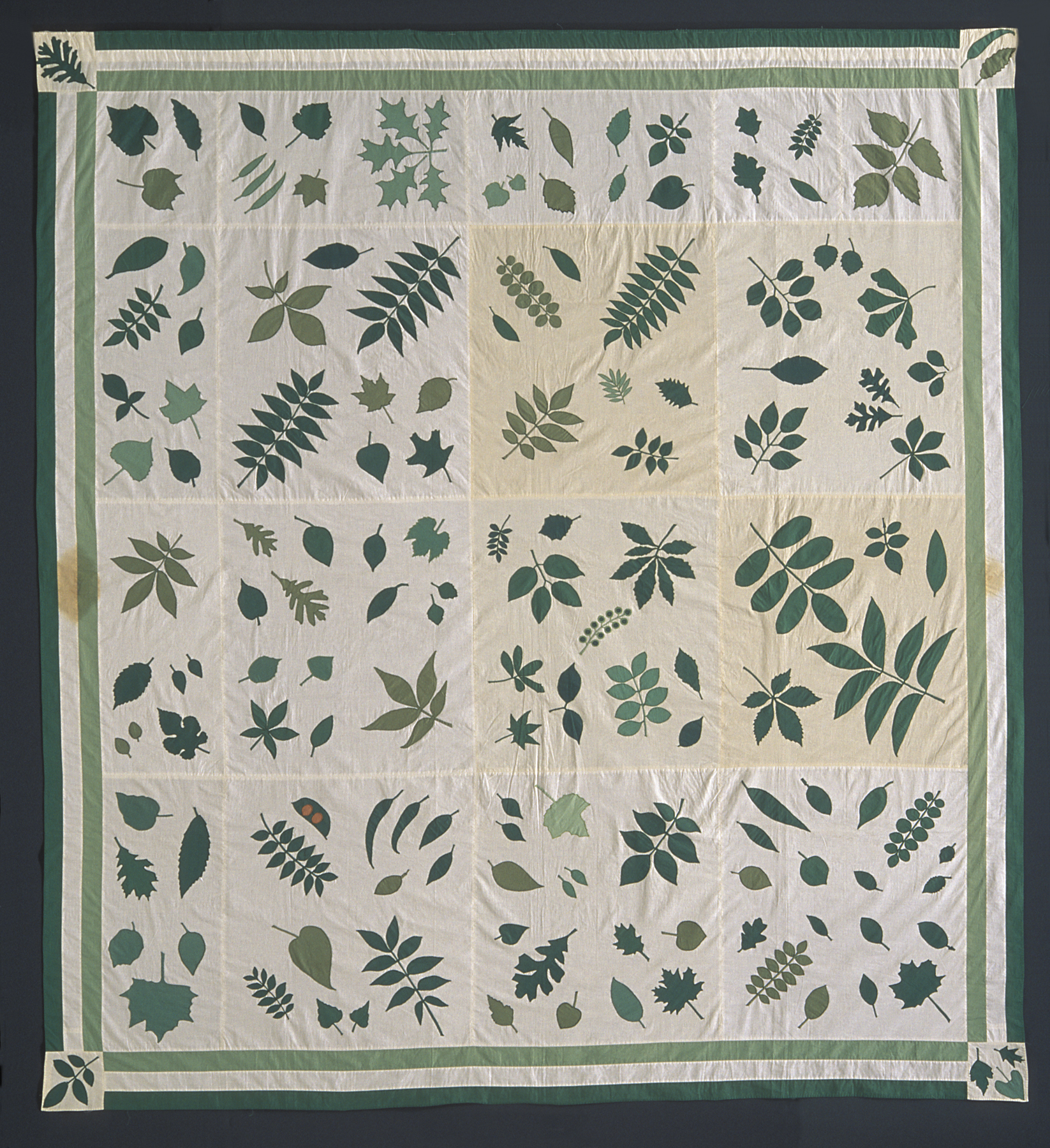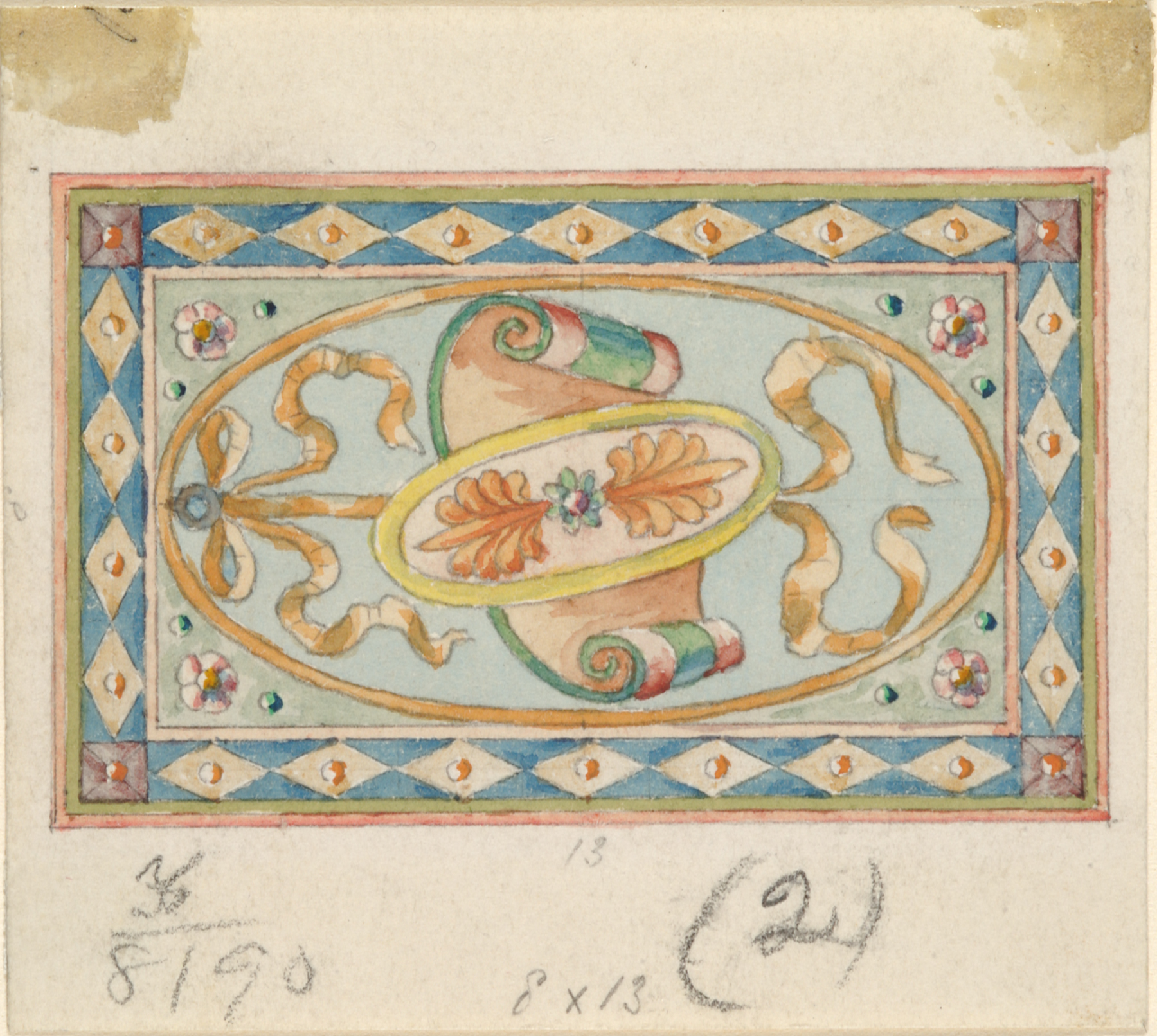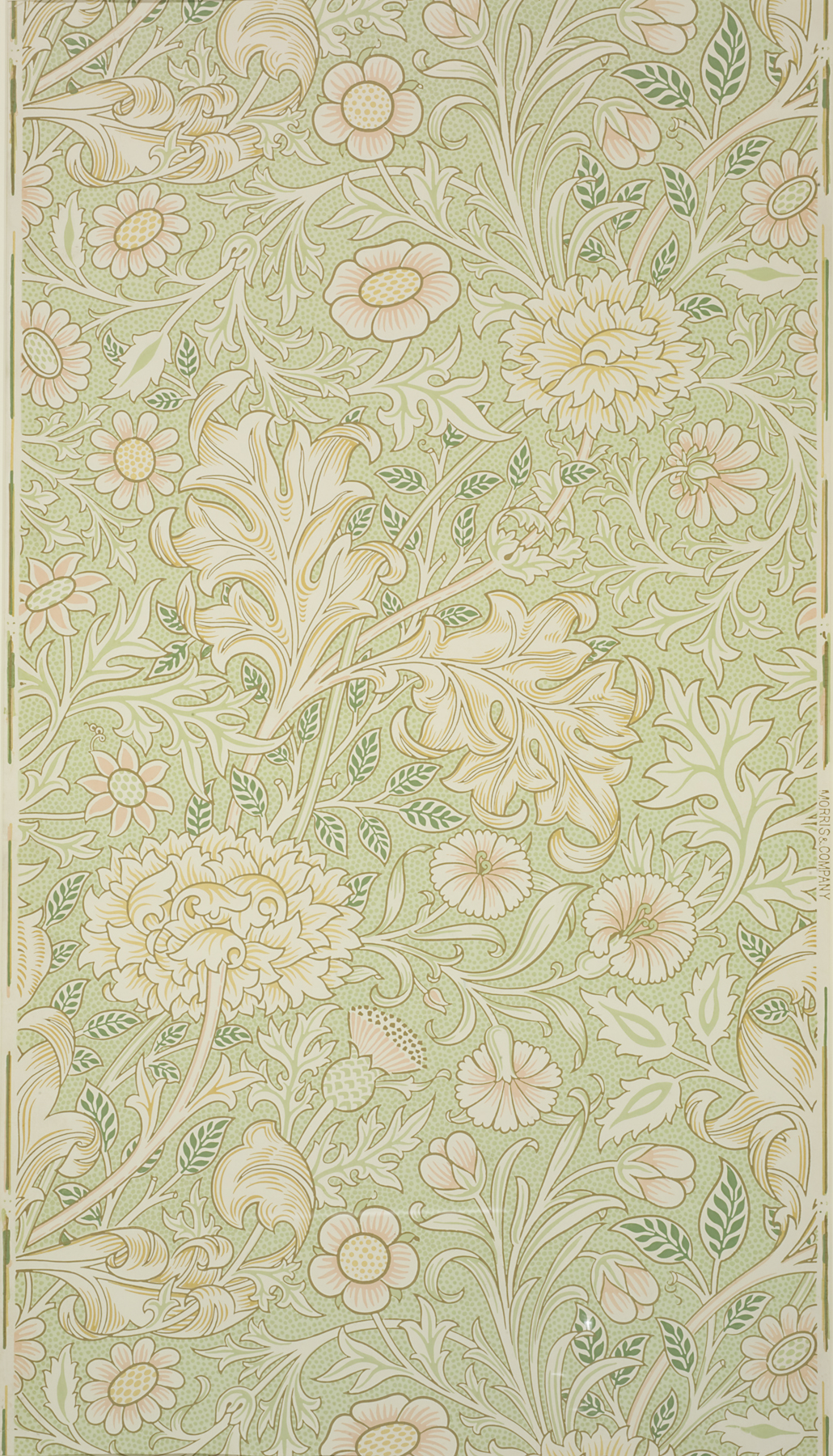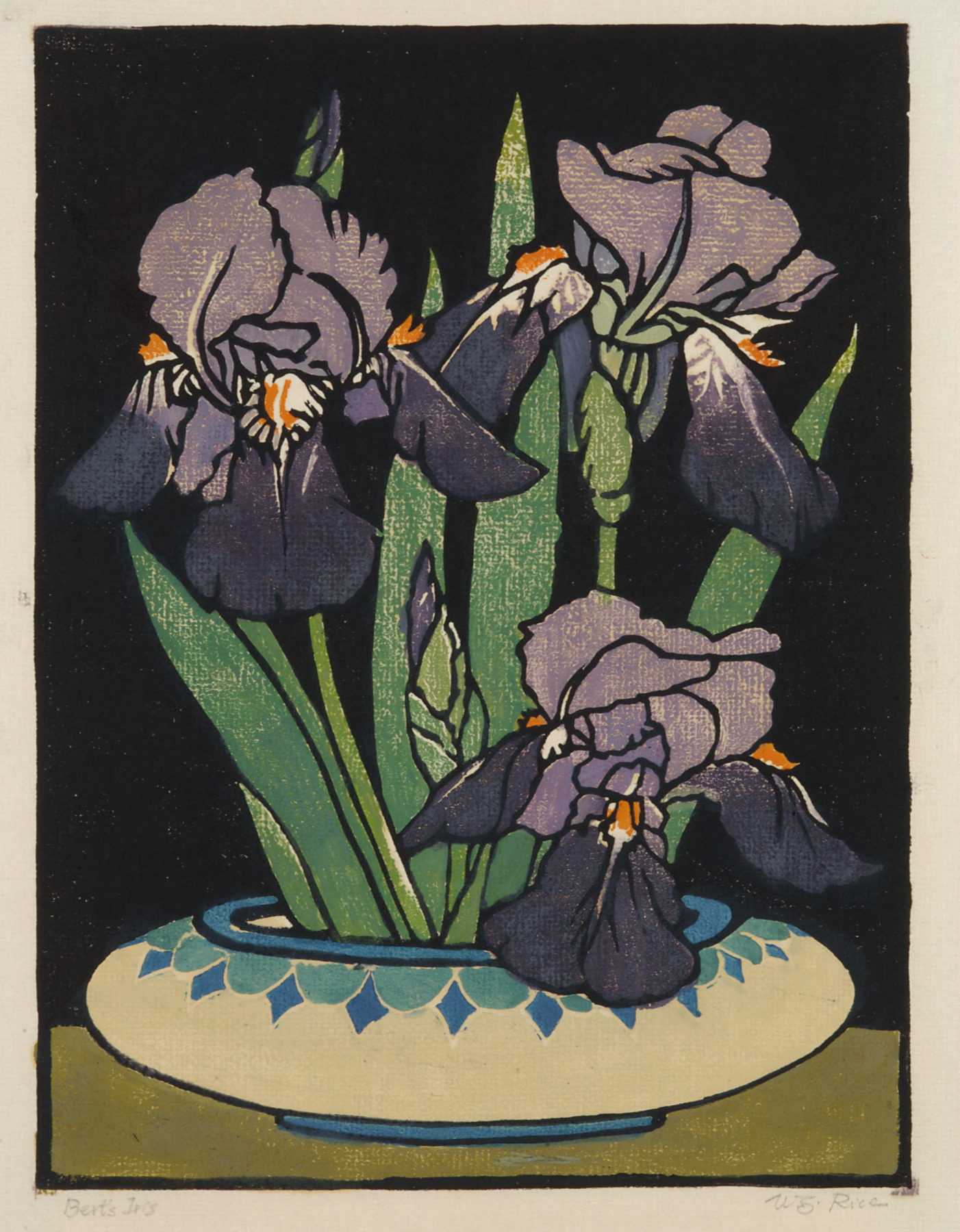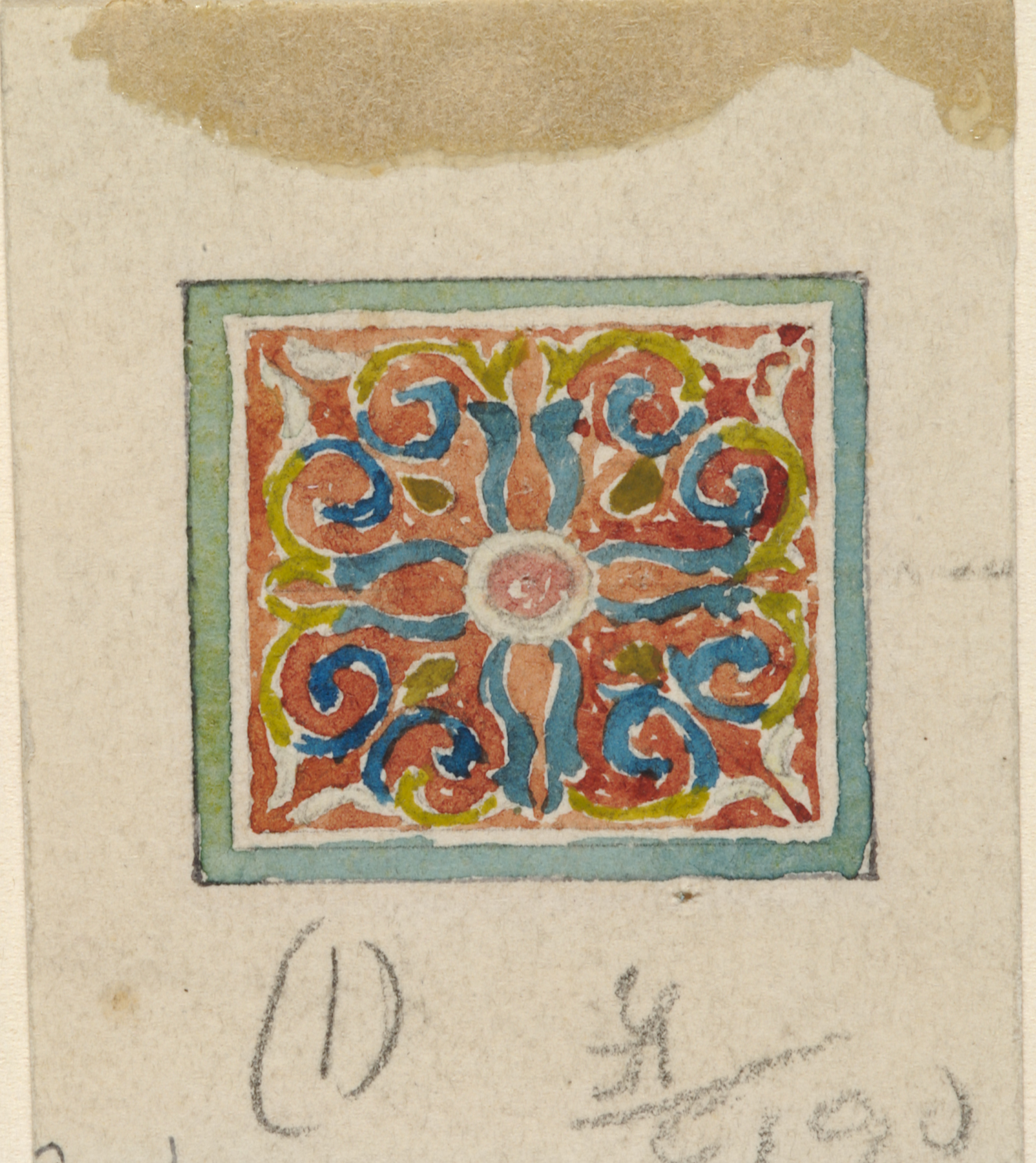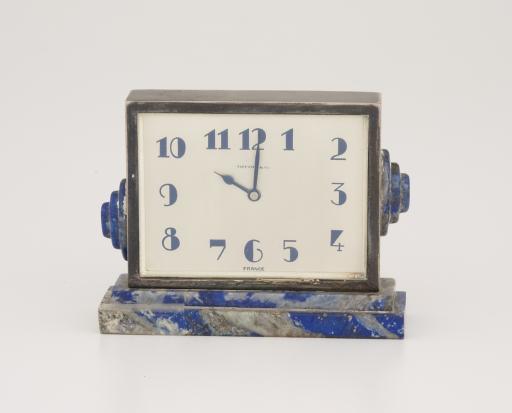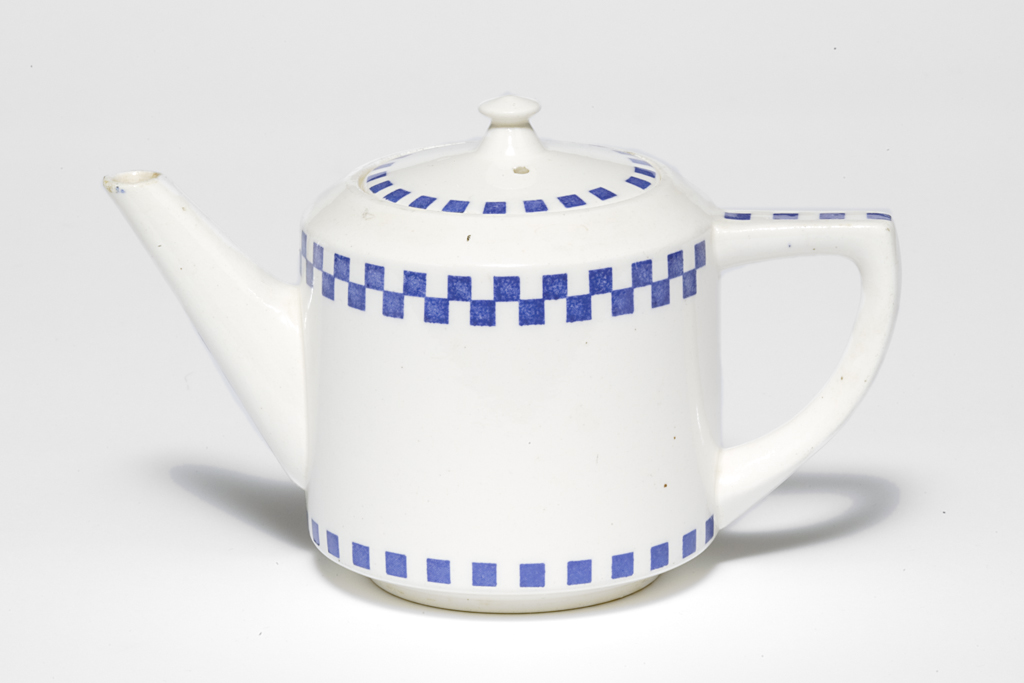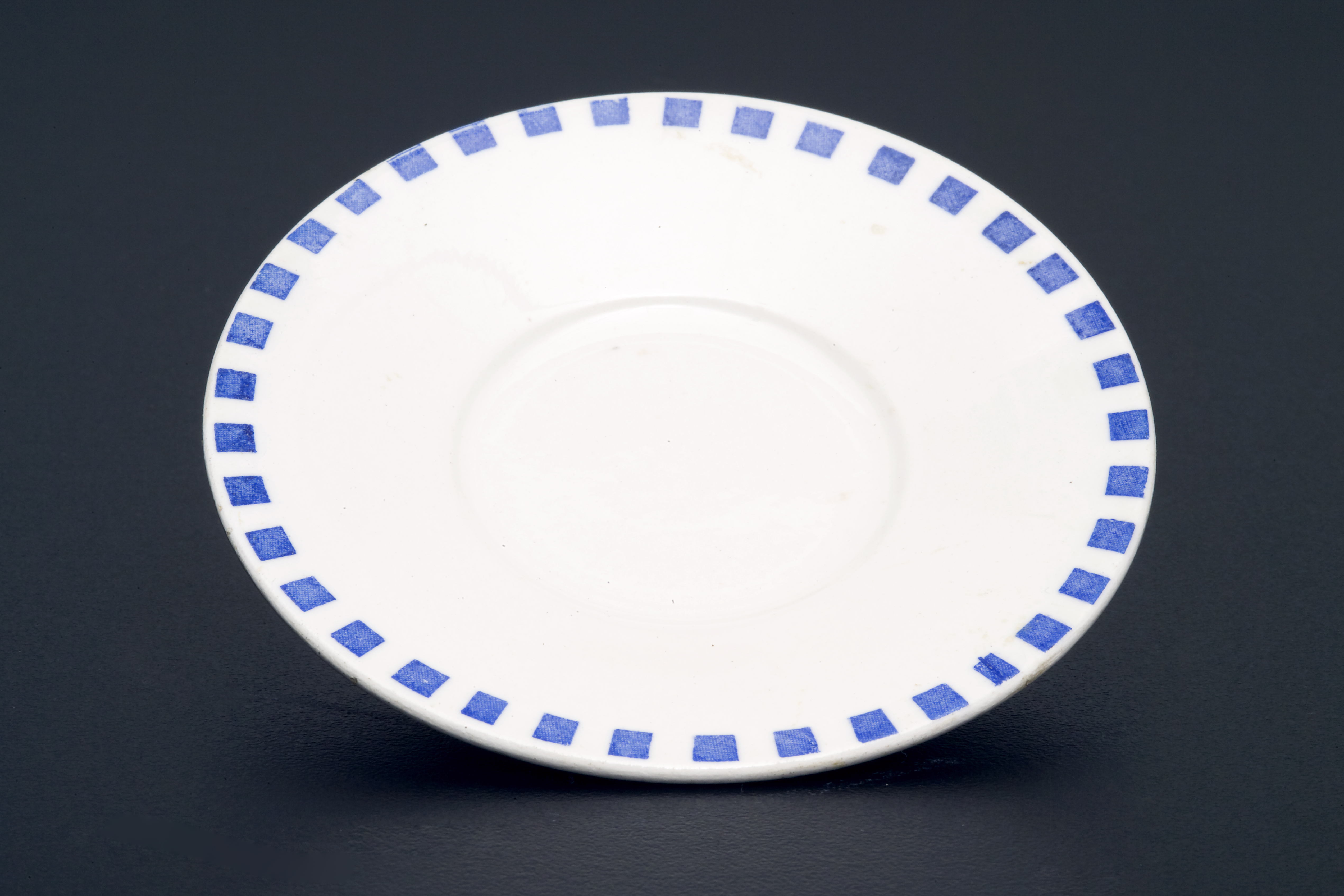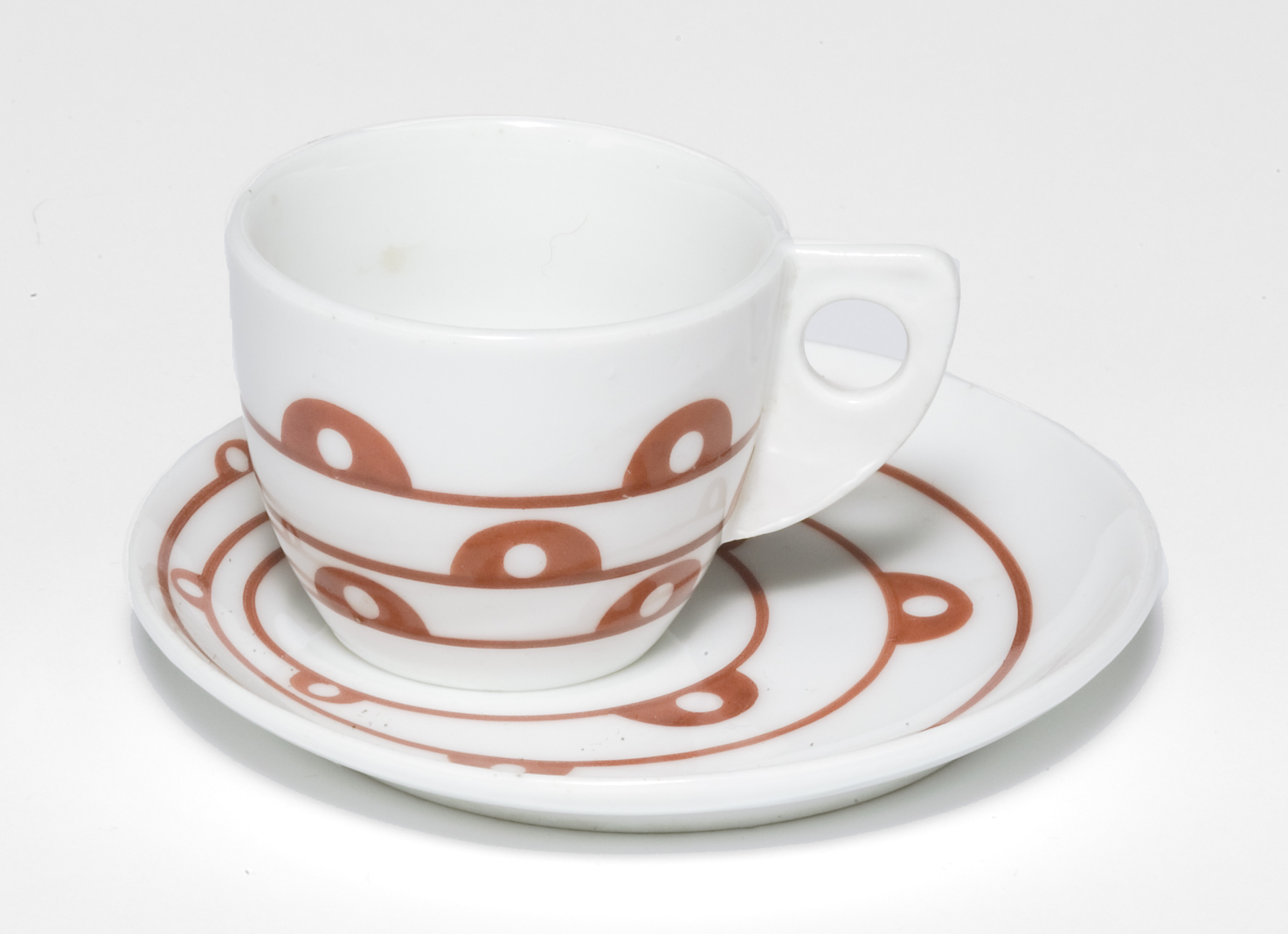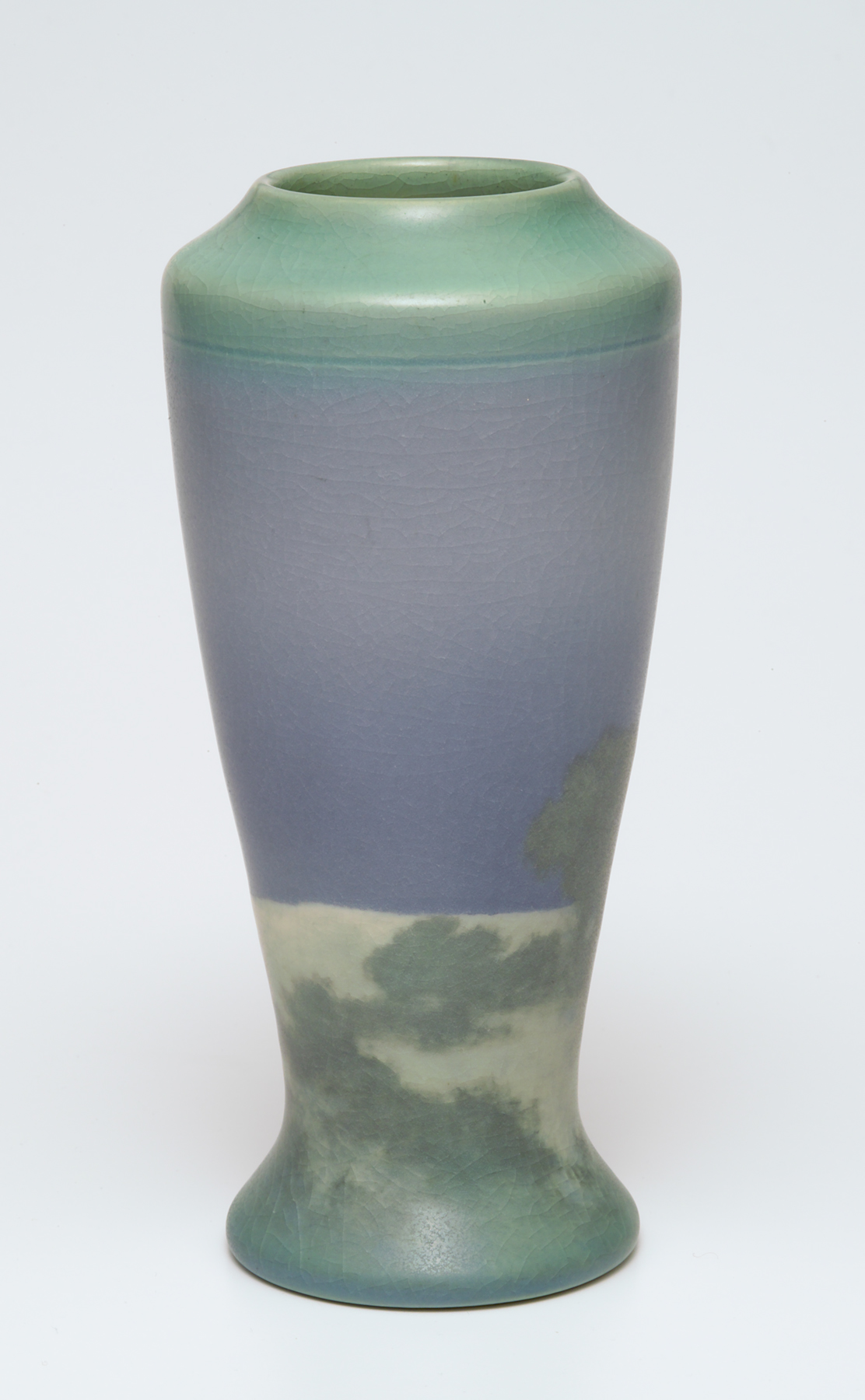Quilts: A Thread of Modernism
Exhibition Overview

Debra Thimmesch, curator
Quilts, a traditional American folk art, are an ideal blend of function and decoration. In the past thirty years they've come off the bed and onto gallery walls. Quilts are popularly viewed as art today because the twentieth-century trend toward modernism has encouraged us to appreciate many of their design characteristics, their flat planes, bright colors and abstracted forms. Modernists have looked to folk arts such as quilts for inspiration, but modernism also changed the way quilts look. Quilts: A Thread of Modernism looks at a dozen quilts from Spencer's collection within the context of the modern movement.
Some quilters reflected and others reacted to the influence of European ideas such as the Arts and Crafts movement and the Wiener Werkstatte. Several added a narrative thread giving either symbolic meaning to traditional abstractions or literal meaning with words appliquéd to the surface or written on the reverse. New dyes, colors and fabric print styles reflected new taste in interior design and clothing fashion. Among the quilts exhibited will be two by Rose Kretsinger of Emporia, who achieved a national reputation by incorporating Art Nouveau's sinuous line into traditional floral appliqué.
Organized by Barbara Brackman, Spencer honorary curator of quilts, who was assisted by Debra Thimmesch, curatorial intern in European and American art.
